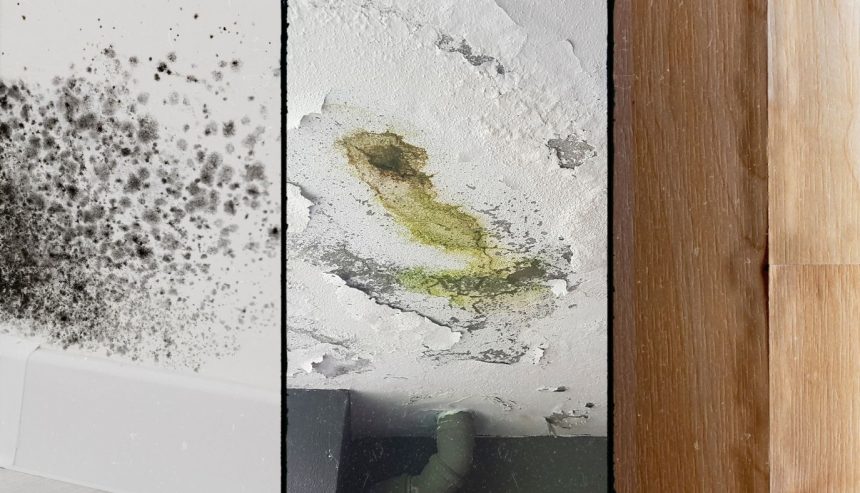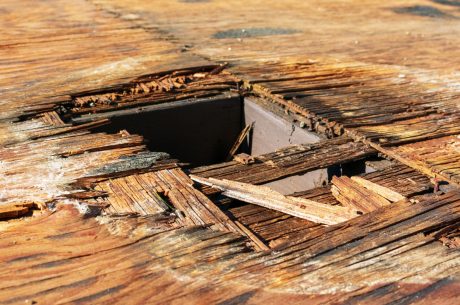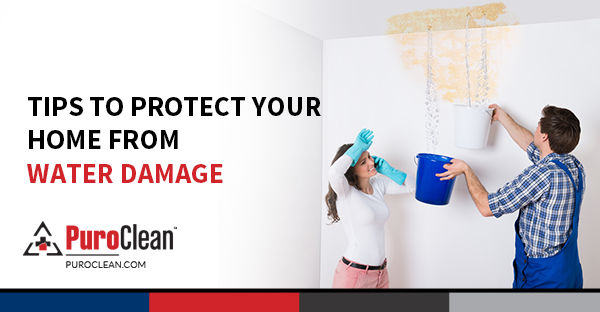Water damage can wreak havoc on your home if not identified and tackled on time. For homeowners, staying alert about the early signs of water damage is important to prevent costly repairs. Understanding how to spot and tackle these signs can save you time, money, and stress. We’ll walk you through the signs of water damage, its main cause, and tips for tackling it. Besides, for our locals, we have a company handling water damage restoration Greer SC. So, read on!
Common Signs of Water Damage
Being aware of the common signs of water damage can help you catch problems early and take appropriate action. But you might be wondering how to tell if you have water damage. What does water damage look like on walls, ceilings, or floors? Here are the common signs to look out for:
Visible Stains and Discoloration
One of the most obvious signs of water damage is visible stains or discoloration on walls, ceilings, and floors. These stains often appear as brown or yellow patches and are commonly found in areas prone to leaks, such as under sinks, around windows, and in basements.
Peeling or Bubbling Paint/Wallpaper
If you notice paint or wallpaper peeling or bubbling, this could signal moisture behind the walls. Water weakens the paint and wallpaper adhesive, making them lose their grip on the surface.
Warped or Buckled Floors
Water damage can warp or buckle wooden floors, indicating water has seeped into the floorboards. Act quickly to prevent further damage to the flooring and subfloor.
Musty Odors
A musty odor often indicates mold and mildew from water damage. This smell is common in basements, crawl spaces, and poorly ventilated areas.
Mold Growth
Mold develops in damp areas, appearing as black, green, or white spots on walls and ceilings. Common areas include bathrooms, kitchens, and basements. Mold can damage your home and cause health problems.
Causes of Water Damage
Water damage can result from many sources, each requiring different prevention and repair strategies. Common causes include:
- Leaking Pipes and Faucets: Leaky pipes and faucets are common causes of water damage. Signs to watch for include drips, puddles under sinks, and water stains on walls or ceilings.
- Roof Leaks: Roof leaks can cause significant water damage, especially after heavy rainfall. Look for water stains on ceilings, damp insulation in the attic, and missing or damaged shingles.
- Clogged Gutters: Clogged gutters can lead to water overflow, which can damage your home’s foundation and walls.
- Poor Drainage: Improper drainage around your home can cause water to pool and seep into your foundation.
- Appliance Malfunctions: Household appliances such as washing machines, dishwashers, and water heaters can malfunction and cause water damage.
Immediate Steps to Take When You Spot Water Damage
When you spot water damage in your home, you must act quickly. Immediate steps include turning off the water source, documenting the damage, removing standing water, drying affected areas, and calling professionals. These actions can help contain the damage and set the stage for more thorough repairs.
- Turn Off the Water Source: If you identify a source of water damage, such as a burst pipe, immediately turn off the water supply to prevent further flooding.
- Document the Damage: Take photos and videos of the water damage. This documentation is important for insurance claims and professional water damage assessments.
- Remove Standing Water: Use tools like wet/dry vacuums, mops, and buckets to remove standing water. The faster you remove the water, the less damage it will cause.
- Dry Affected Areas: Dry out the affected areas using fans, dehumidifiers, and open windows. This helps prevent mold growth and further damage.
- Call a Professional: In many cases, it’s best to call water damage restoration professionals. They have the expertise and equipment to handle extensive damage and ensure your home is safe and dry.
Long-Term Solutions and Repairs
After tackling the immediate concerns of water damage, you should focus on long-term solutions and repairs. Here are our tips you can follow:
Fix Leaks and Replace Damaged Materials
Fix leaks and replace damaged materials. This may include repairing pipes, roofs, and replacing drywall or flooring.
Improve Home Ventilation
Use exhaust fans in bathrooms and kitchens, and ensure your home has proper airflow to reduce moisture buildup.
Regular Maintenance Checks
Regularly inspect common problem areas for signs of water damage. This includes checking under sinks, around windows, and in basements.
Preventive Measures
Taking preventive measures can reduce the risk of water damage in your home. Proactive steps include:
- Regular Inspections: Regularly inspect your home to catch early signs of water damage. Pay special attention to areas prone to leaks and moisture.
- Install Water Detection Devices: Water detection devices can alert you to leaks early, helping you take action before extensive damage occurs.
- Maintain Gutters and Downspouts: Keep your gutters and downspouts clean to ensure they effectively direct water away from your home. This helps prevent water damage to your foundation and walls.
- Proper Home Insulation: Make sure your home is well-insulated to prevent condensation and leaks. Proper insulation can reduce the risk of water damage, especially in colder climates.
- Consult FEMA: For more information on water damage and how to tackle it, visit the FEMA website.
Contact PuroClean of Greer for Professional Water Damage Solutions
If you encounter water damage in your Greer home, don’t hesitate to contact us. PuroClean of Greer offers expert water damage restoration services, equipped with the latest technology and a skilled team to handle any level of damage. Contact PuroClean of Greer now for detailed and professional water damage solutions.




 PuroClean of Greer
PuroClean of Greer